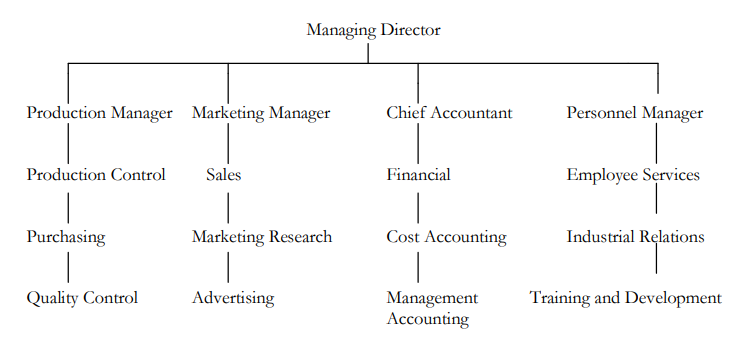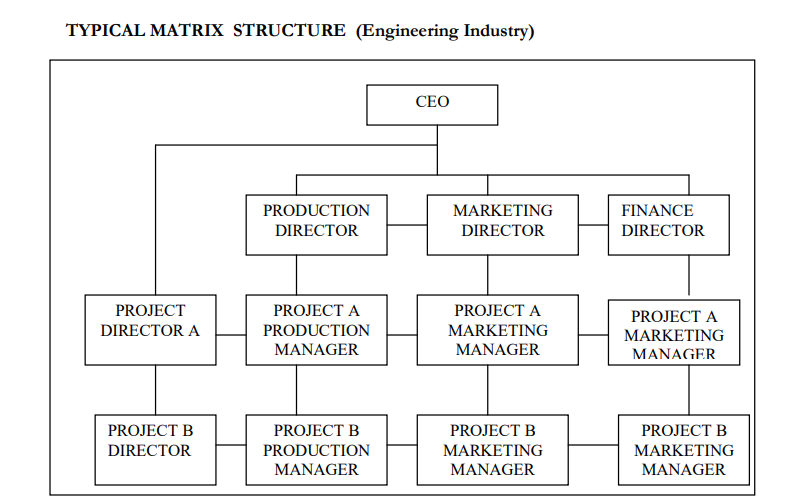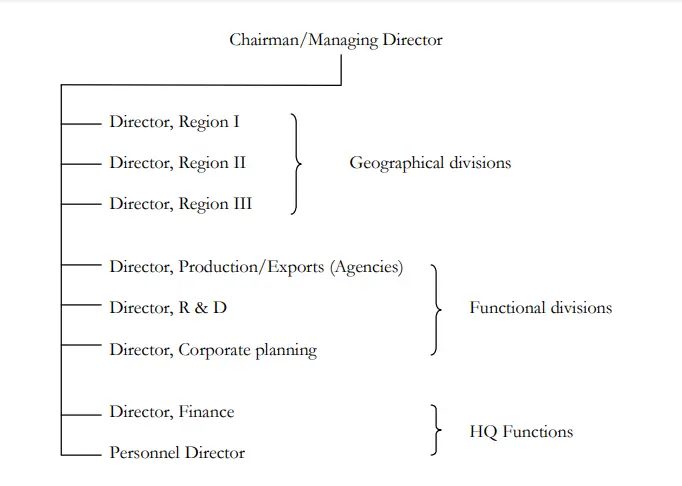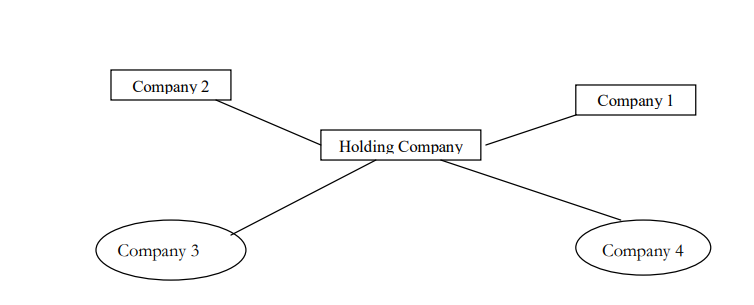Types Of Organizational Structure In Management
What is Organizational Structure?
An organizational structure can be defined as a systematic arrangement of the hierarchy within an organization. The organizational structure identifies and classifies every job, its function, and its reports within the organization. Organizations are set up in specific ways to accomplish different targets and goals, and the structure of an organization can aid or hinder its progress toward achieving these goals.
Whether small or large, organizations can achieve set target sales and other company targets by properly matching their needs with the structure they use to operate.
There are many alternative ways of deploying the intangible web of relationships that make up an organizational structure.
Organization Structures in Management
The Functional Organization Structures
In a functional organization structure, tasks are linked together based on common functions. Thus, all production activities or all financial activities are grouped together in a single function, which undertakes all the tasks required of that function. The chart below explains this.

Advantages of Functional Organization Structure
- By grouping people together based on technical and specialist expertise, the organization can facilitate both their utilization and coordination in the whole enterprise’s service.
- It provides better opportunities for growth and career development.
Disadvantages of Functional Organization Structure
- The growth of sectional interest – this may conflict with the organization’s needs as a whole.
- It is challenging to adopt this form of organization to meet product diversification or geographical dispersion issues.
- Functional structures are best suited to a relatively stable environment.
Matrix Organization Structure
These are organizations that have come about due to coordination problems in highly complex industries such as aircraft manufacture, where functional and product types of structure have not been able to meet organizational demands for a variety of critical activities and relationships arising from the necessary work processes.
A matrix structure combines a functional form of structure with a project-based structure and entails a dual rather than a single chain of command. Every matrix contains three unique and critical roles.
- Top manager who leads and balances the dual chain of command
- The matrix bosses(i.e., functional manager + project manager) who share subordinates
- The subordinate managers who report to two different matrix bosses

Dual authority comes about, for example, because a project has two bosses. i.e., the production director because he belongs to the production department and Projects A director because he forms part of the team working on Project A, headed by Project A director. The same applies to the other subordinates.
Advantages of Matrix Organization Structure
- It combines lateral and vertical lines of communication and authority. This combines the relative stability and efficiency of a hierarchical structure with the flexibility and informality of an organic form of structure.
- It provides coordination necessary to satisfy dual environmental demands, e.g., new product introduction and computerization processes.
- It leads to better control of the Project and greater security.
- It leads to better customer relations and higher employee morale.
- Lowers program costs and leads to higher profit margins
- Project development time is shortened.
- Aids the developments of managers as they are given more responsibility
Disadvantages of Matrix Organization Structure
- Organization members experience dual authority, which leads to ambiguity, frustration, and confusion (It violates the unity of command principle) given by Henry Fayol.
- Conflicts may arise concerning the allocation of resources.
- Relative dilution of functional management responsibility
- Divided loyalty on the part of members of project teams in relation to their own manager and functional superiors
- Managers and other participants need good interpersonal skills – not always available.
- Extensive training is required.
- Conflict resolution becomes time-consuming, so is the agreement on objectives and plans.
- May lead to power struggles a manager fight for services of a joint subordinate.
- Too much shifting of staff from Project to project may hinder the training of new employees.
Multidivisional Organization Structure
The organization is divided into divisions on the basis of products and/or geography, and each division is operated in a functional form, but with certain key functions retained at company headquarters, e.g., planning, finance, and personnel policy. This is a common organizational form for highly diversified firms operating in more than one country. A typical chart for a divisionalised company would be as given below:

The regions act very much like self-standing companies, producing and marketing the products developed by the parent company.
Research and development activities and key corporate standards are controlled worldwide via the functional divisions, while the headquarters provide group policy in key areas such as finance and personnel.
Maintaining a balance between necessary corporate control from the center and desired divisional independence at the regional and functional levels is possible.
Holdings Company Structure
A holding company is simply a vehicle for the ownership of a range of other companies.

Company 1 and 2 are wholly owned subsidiaries, or the holding company owns a majority of shares.
Companies 3 and 4 are part of the group, but the company does not own the majority of shares.
The holding company manages a portfolio of companies and does not involve itself in the Management or strategy at Strategic Business Unit level (SBU). Thus, it provides few synergies and little in the way of corporate services or parenting roles.
This has advantages because the holding company does not become enmeshed in complex logistical arrangements that would make divestment difficult if this was in the shareholder’s best interest.
The advantage of SBU is that they can continue to manage autonomously and may have opportunities to raise capital more cheaply through the group than by using the money markets.
The problems are that the SBU might be divested for reasons entirely unconnected with its own performance, and there are a few opportunities to leverage core competencies across the group structure.




